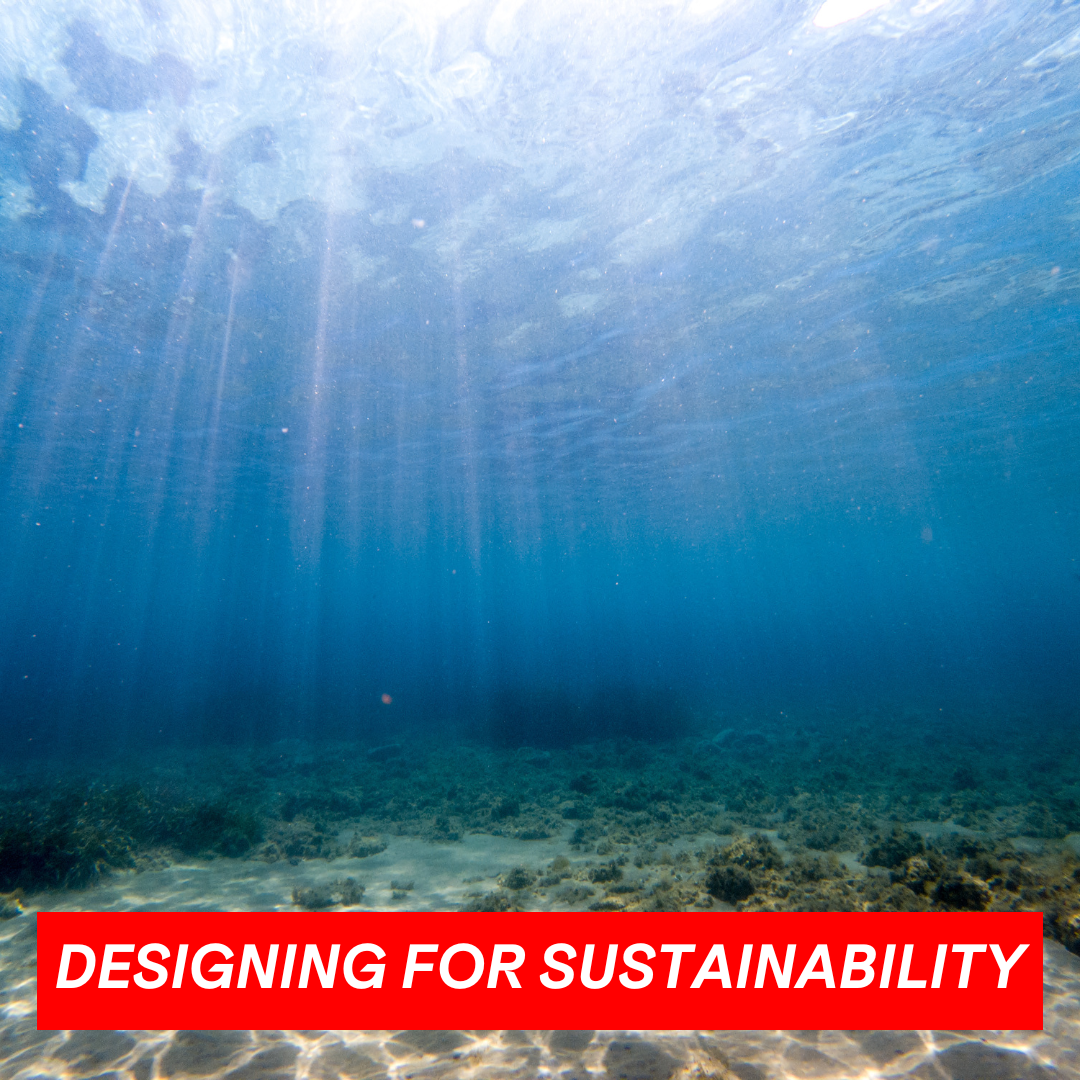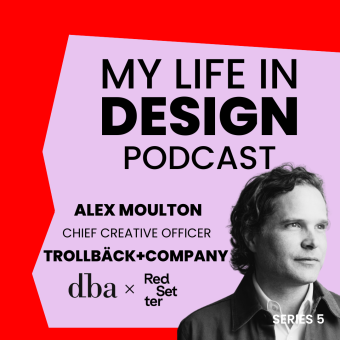Events
Designing for Sustainability: five pieces of advice from the experts
Alex Blyth
Managing Partner
The DBA recently invited its members in the Bristol area to Halo’s studio for a series of expert talks around the topic of ‘Shaping a sustainable future through design’. We were lucky enough to be there, and for anyone who missed it here were our top five takeaways.
1. People aren’t their job titles
Jos Harrison, Global Head of Brand Experience and Design at Reckitt Hygiene, delivered a remarkable talk. There are too few senior executives at multinational consumer packaged goods corporations speaking as plainly and urgently as him on this topic with statements such as: for too long corporations coached a culture of over consumption into us, and it has to change; we can’t create enough carbon sinks to offset our outputs for net zero to be an attainable goal so we need to aim for absolute zero; we need to extend our emissions reporting to scope three, for example the energy used by the washing machine in using Vanish.
Harrison genuinely wants to make a difference on environmental sustainability. He leads a team at Reckitt that is taking important steps in that direction, and he has a message that deserves to be heard.
It’s easy for creatives to make assumptions about our clients’ opinions, motivations, and needs. Instead we should approach them with open minds and take time to understand them. It will produce far better outcomes for everyone.
2. Stop trying to make human behave more sustainably
Accenture SONG recently conducted anthropological research with people living in eight different countries to understand how they relate to and engage with conversations around sustainability. Oliver Pattenden, Global Research and Insight Director, talked us through key findings from the resulting report, Our Human Moment.
The key finding is that the way organisations talk and behave on sustainability is totally at odds with how people think and act on it. They’ve talked for years of a say-do gap between people’s words and actions on sustainability, but in fact it’s better thought of as a relevancy gap. Instead of trying to make humans behave more sustainably we should focus on making sustainability more human.
The report details six entryways to talking to people in a more effective way, and is a valuable resource for any designer in this space.
3. People care about what other people think
Will Powell Co-Founder at sustainability consultancy Future Shift posed a question: “Which is these is most likely to persuade people to change their behaviour: saving them money; saving their children; it’s what the neighbours are doing?”
Yep, it’s the last one. Humans are profoundly social creatures, and we care a lot about what others are doing. So, Powell’s point is that if we want to persuade people to act more socially we should dial down messages on protecting Earth for future generations and conserving our resources, and dial up the fact that other people are already doing it.
4. Single use isn’t always wrong
The final speaker was Kerry Briggs, VP of Design and Development at product design consultancy Kinneir Dufort. She took us on a whistlestop tour of the work her team is doing in the healthcare sector, an area experiencing a wave of innovation and competition.
She cautioned against jumping to the obvious assumption about the right thing to do. While waste is a major issue in healthcare – she showed a striking visual of the six bin bags worth of disposable equipment used in just one operation – it’s not always the worst option.
A client came to them asking them to help make a piece of equipment multi-use. The KD team researched it and found that the environmental impact of that change – the materials needed, sterilisations between uses, and so on - would be far worse than the existing situation. Single use is not always bad so keep an open mind.
5. Design is empathy
Sustainability can feel a vast and overwhelming topic for designers. Harrison urges them to think of it as simply another challenge requiring design thinking, and that at the heart of that is empathy.
Empathise with what your client is trying to achieve, and the challenges they face in doing that. Do that successfully and designers will be hugely valuable not only to the clients they directly service but also to creating a more sustainable future for all of us.



